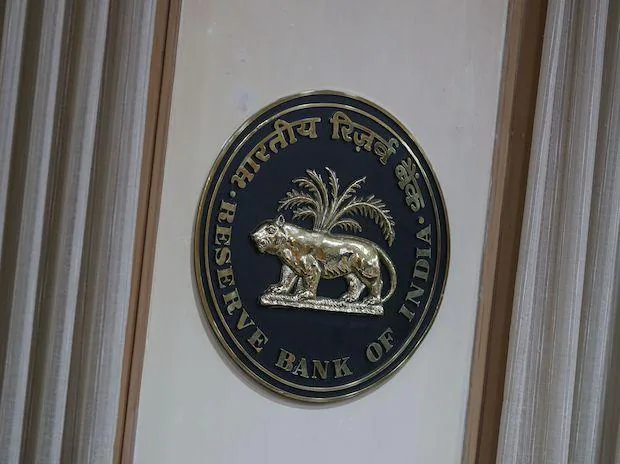[ad_1]
The newer marginal cost of funding based lending rate (MCLR) system is more effective than the erstwhile base rate method, a paper by the Reserve Bank of India said on Friday.
The paper said that for every 1 percentage point increase by the RBI in its repo rate, the weighted average lending rate by banks for fresh rupee loans moves up by 0.26-0.47 per cent per cent under the MCLR regime as against 0.11-0.19 per cent under the base rate regime.
“…transmission is higher during the MCLR regime than base rate regime,” the paper authored by Sadhan Kumar Chattopadhyay and Arghya Kusum Mitra said.
Using different models, the paper estimates the degree of pass-through of monetary policy to bank lending rates under both the base rate and the MCLR regimes using dynamic panel data regression.
The paper said that alignment of liquidity management with the monetary policy stance, introduction of the flexible inflation targeting (FIT) framework and the deceleration in economic activity reducing credit demand could be contributory factors for better transmission during the MCLR regime.
It can be noted that base rate was introduced in July 2010 as a system wherein banks cannot lend under a stated rate, while the MCLR came in April 2016 wherein the banks were given a formula to calculate their cost of funding and then conduct monthly reviews of their offerings across various tenors.
The MCLR was replaced by the external benchmark linked rate so that lending rate moves directly in sync with policy moves.
Underlining the importance for the lending rates in the economy, the paper said effectiveness of the monetary policy transmission is built on the idea of how much and how fast monetary policy can influence its ultimate goals, that is price stability and growth, and in a system like ours where banking system is influential, it is imperative that monetary policy signals pass through the banking system without any ‘leakage’ and in quick time.
It studied three different time periods for the study, which included the whole sample period between Q4FY13 to Q2FY19, and two sub-periods under the base rate and MCLR, respectively.
“…irrespective of the model chosen, transmission is higher during the MCLR regime than the Base Rate regime,” it concluded.
It also said that transmission during the MCLR regime was far from satisfactory necessitating the introduction of EBLR, and the progressive shift from the various internal benchmark-based pricing of loans to the external benchmark augurs well for monetary transmission going forward.
(Only the headline and picture of this report may have been reworked by the Business Standard staff; the rest of the content is auto-generated from a syndicated feed.)
[ad_2]
Source link



